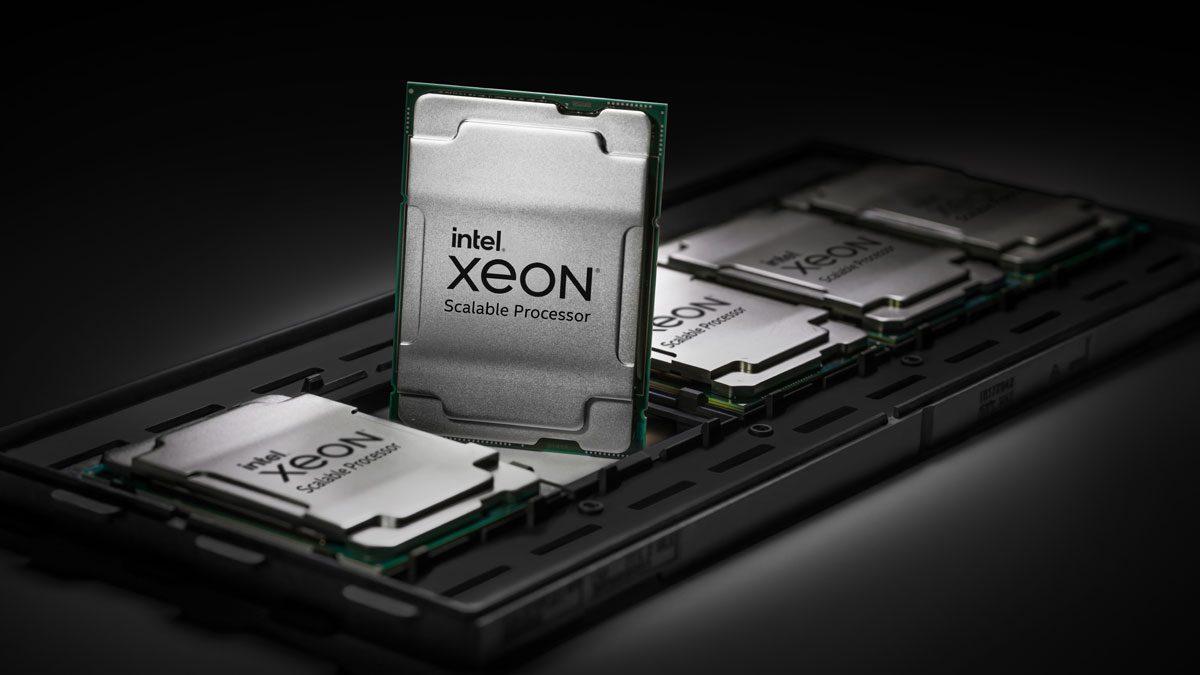Brocade Vyatta 5600 vRouter adds new functionality to accelerate Network Functions Virtualization (NFV) adoption
 Telefónica (NYSE: TEF) and Brocade (NASDAQ: BRCD) have partnered to establish new benchmarks for the deployment and performance of Network Functions Virtualization (NFV) solutions. The consistent results from testing have provided clear evidence that will fundamentally alter the performance range service providers can expect from virtualized, software-based networking infrastructure. The establishment of NFV benchmarks is part of a joint effort by both companies within the Telefónica NFV Reference Lab framework.
Telefónica (NYSE: TEF) and Brocade (NASDAQ: BRCD) have partnered to establish new benchmarks for the deployment and performance of Network Functions Virtualization (NFV) solutions. The consistent results from testing have provided clear evidence that will fundamentally alter the performance range service providers can expect from virtualized, software-based networking infrastructure. The establishment of NFV benchmarks is part of a joint effort by both companies within the Telefónica NFV Reference Lab framework.
“The promise of NFV is rapid service creation and highly elastic scalability. While virtualization is significant to achieving this agility, it has historically been the fundamental limiter to the kind of performance required for scalability,” said Enrique Algaba, Network Innovation and Virtualization Director at Telefónica.
In the tests performed by Telefónica, the Brocade® Vyatta® 5600 vRouter achieved 80 Gbps on a Commercial Off-the-Shelf (COTS) Intel®-based x86 server. Deployed within a Red Hat KVM environment, the Brocade Vyatta 5600 was deployed as a single Virtual Machine (VM) and supported all of the server’s available ports at line rate.
“In less than two hours, we deployed the Brocade Vyatta 5600 vRouter from a memory stick and completed our performance tests in our NFV Reference Lab. These results are allowing us, as network operators, to aggressively change our perspective regarding what is possible with software-driven networking in order to accelerate the adoption and deployment of these revolutionary technologies,” said Francisco-Javier Ramón, Head of Telefónica NFV Reference Lab.
In addition to Brocade vPlane™ technology, the Brocade Vyatta 5600 vRouter takes advantage of Intel® Xeon® processor-based servers and the Intel® Data Plane Development Kit to achieve the performance required by the world’s largest telecommunication and service providers.
“Intel is committed to bringing Moore’s Law to networking and enabling a broad SDN/NFV ecosystem based on open source and standard solutions,” said John Healy, General Manager of Intel’s Software Defined Networking Division. “The Brocade Vyatta 5600 vRouter is a great example of performance leadership and innovation developed on Intel Architecture and the Intel Data Plane Development Kit. We are excited to work with leaders such as Brocade to advance virtual networking performance and fuel the NFV market with compelling solutions.”
Released in early 2014, the Brocade Vyatta 5600 is the first purpose-built NFV solution to address the demands of the world’s largest service providers. Featuring advanced routing, firewall, and VPN functionality, it is a core component at the Network Services Layer of the Brocade Vyatta Platform.
“The Brocade Vyatta 5600 vRouter has removed the performance barrier from the NFV adoption conversation and our focus is now on expanding its capabilities for broadest possible leverage across the service provider network,” said Kelly Herrell, VP and GM of Software Networking at Brocade. “We continue to accelerate our aggressive investment in modern software to bring high-value technology disruptions across a wide range of networking capabilities.”
Furthering Brocade’s commitment to NFV and accelerating its rollout within carrier networks, an upcoming update to the Brocade Vyatta 5600 vRouter will further advance the NFV solution’s capabilities. Among the range of new features are:
· Layer 3 MPLS
· Layer 2 Tunneling Protocol Version 3 (L2TPv3)
· High-availability enhancements to support IPv6
· OpenDaylight integration through NETCONF/YANG
“With these capabilities, the Brocade Vyatta 5600 vRouter is capable of extending to and becoming the provider edge for carrier networks,” Herrell said. “These improvements will enable service providers to deploy NFV to existing and new customers quicker and more efficiently.”
The update to the Brocade Vyatta 5600 vRouter is expected to be available in early 2015. A separate license will be required for the MPLS functionality. Other unicast routing features will be delivered as standard software updates. For more information on Brocade SDN and NFV products, visit www.brocade.com/NFV.






